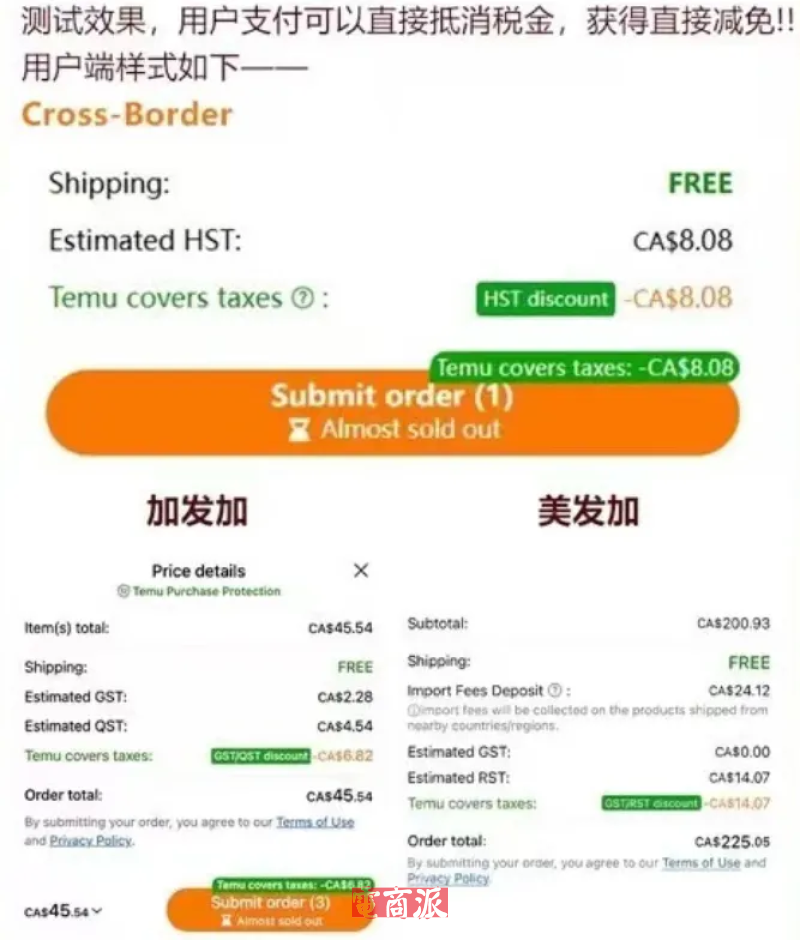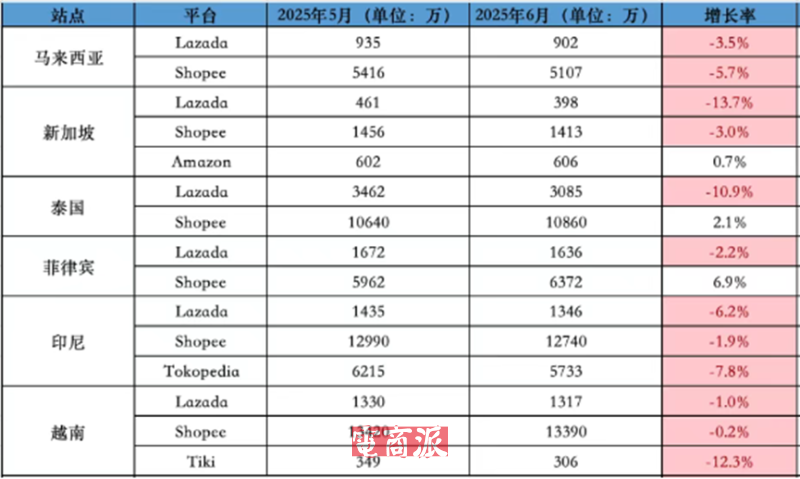css英文自动换行

CSS is a styling language used to apply styles and layouts to HTML documents. One common issue that developers face is controlling the line breaks within the content of a webpage. By default
HTML elements and text will not automatically wrap to the next line. However
CSS provides several properties and techniques that allow for control over line breaks.
The simplest way to enable automatic line breaks in CSS is to use the `word-wrap` property. This property tells the browser to break long words or strings of text if they exceed the width of their container. The `word-wrap` property accepts two possible values: `normal` and `break-word`. The default value is `normal`
which prevents line breaks within words. Setting the value to `break-word` will allow words to be broken across lines if necessary.
For example
we can create a CSS rule to enable automatic line breaks for paragraphs:
```
p {
word-wrap: break-word;
}
```
By applying this rule
any paragraph element (`
`) on the webpage will break words if they exceed the width of their container.
Another common method to control line breaks is to use the `word-break` property. This property specifies how words should be broken when they exceed the available space. The `word-break` property accepts three possible values: `normal`
`break-all`
and `keep-all`. The default value is `normal`
which breaks words only when necessary. The `break-all` value allows words to be broken at arbitrary points
even within a word. The `keep-all` value prevents line breaks within words unless absolutely necessary.
To illustrate the usage of the `word-break` property
consider the following CSS rule:
```
div {
width: 200px;
word-break: break-all;
}
```
By applying this rule to a `div` element
any content within it will have words broken at arbitrary points to fit within the 200 pixel width. This can be useful for long URLs or strings of text.
Additionally
CSS provides the `white-space` property to control how white space characters are handled. The `white-space` property accepts several values
including `normal`
`nowrap`
`pre`
and `pre-wrap`. The `normal` value collapses consecutive spaces and line breaks to a single space. The `nowrap` value prevents line breaks within the text. The `pre` value preserves white space characters and line breaks exactly as they appear in the source code. The `pre-wrap` value preserves white space characters and line breaks
but also wraps the text when necessary.
An example of using the `white-space` property is as follows:
```
span {
white-space: pre-wrap;
}
```
By applying this rule to a `span` element
it will preserve line breaks and white space characters
but also wrap the text when necessary to fit within the container.
In conclusion
CSS provides various properties to control line breaks within HTML content. The `word-wrap` property allows for the breaking of long words if they exceed the container width. The `word-break` property specifies how words should be broken when necessary. The `white-space` property controls how white space characters and line breaks are handled within the text. By utilizing these properties
developers can achieve the desired line breaking behavior for their webpage.
 邮件群发-邮件群发软件|邮件批量发送工具|群发邮件平台|批量邮箱发送系统公司
邮件群发-邮件群发软件|邮件批量发送工具|群发邮件平台|批量邮箱发送系统公司








